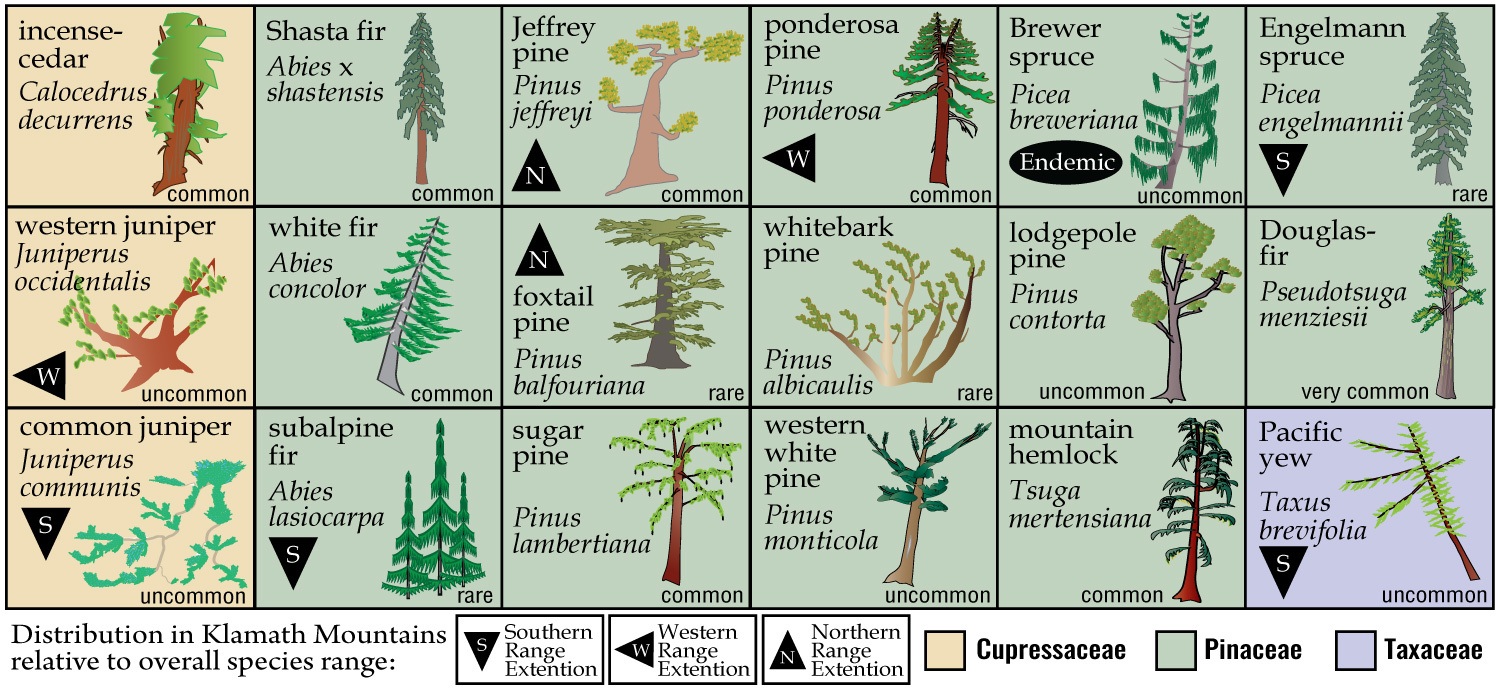Journey to the Miracle Mile
I have been fascinated for a long time with the conifers of the Klamath Mountains. While there are many places across the region that have a high density of conifer species, one of the hotspots is in the Russian Wilderness in an area known as the Miracle Mile. It has a long, storied history of discovery, research, conservation, and recreation.
If you visit, tread lightly and leave no trace. Day hiking is the best way to see it and preserve the unique natural features of the area. What follows is a summary of my presentation during the COVID-19 pandemic.



